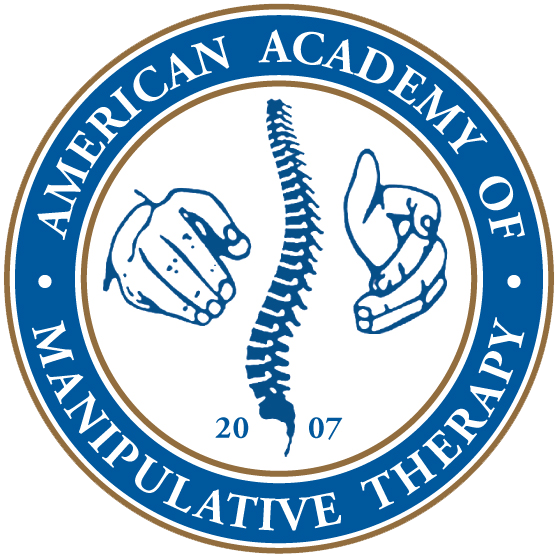Certification in Blood Flow Restriction (Cert. BFR): An Evidence-Based Approach to BFR Rehabilitation & Performance Training
Enhance your understanding and ability to intentionally apply blood flow restriction (BFR) to maximally enhance rehabilitation of musculoskeletal conditions and athletic performance.
Certification in Blood Flow Restriction (Cert. BFR) will be awarded after successful completion of this two-day (15-hour) course in blood flow restriction (BFR) rehabilitation and performance training. The course is 50% hands-on/practical training and 50% didactic/lecture instruction. The mechanisms and physiology of BFR will be discussed to inform safe and effective techniques for applying BFR in a wide range of musculoskeletal conditions for rehabilitation and fitness professionals.
No prerequisites are needed for this two-day BFR Certification course; however, registrants must be a licensed PT, PTA, AT, DC, MD, DO, NP, PA, or OT in their respective state or country. DPT, DC, or AT students in their 3rd year are also eligible to take the Cert. BFR course. The BFR Certification course runs as follows: Saturday 8 am to 5 pm and Sunday 8 am to 4 pm.
Participants of the Cert. BFR course will have the unique opportunity to use and compare a variety of Blood Flow Restriction cuffs, including SmartCuffs 3Pro, SmartCuff 4, SAGA Fitness, SUJI Gen 1, H+Cuffs, EdgeCuffs, RockCuffs, and simple BFR straps. This hands-on experience is essential for understanding the key differences between each cuff type—such as pressure accuracy, comfort, durability, and ease of use—allowing participants to assess the pros and cons of each model. By testing a broad range of equipment, participants can make well-informed decisions on which cuffs are the best fit for their clinic and patient population, ensuring optimal investment and treatment outcomes.
Participants will also learn the mechanisms and physiology underpinning the use of BFR training, how to adjust BFR protocols to create a local or systemic response within the soft tissues, and how to differentiate limb occlusion pressures objectively for each individual athlete/patient. In addition, participants will learn how to translate appropriate tourniquet safety measures to the outpatient/training room setting and how to implement a rehabilitation BFR protocol for patients after injury or surgery.
The latest evidence will be presented that underpins the use of BFR for strength training, hypertrophy, and endurance changes in both the rehabilitation and performance/fitness settings. In addition, this course will review current and emerging evidence for advancing the use of BFR in the rehabilitation and fitness settings. Participants will have the opportunity to practice a variety of BFR devices and techniques on limbs, and upon completion of the course, they will be able to apply safe and effective BFR techniques to maximally enhance patient recovery and client performance.



